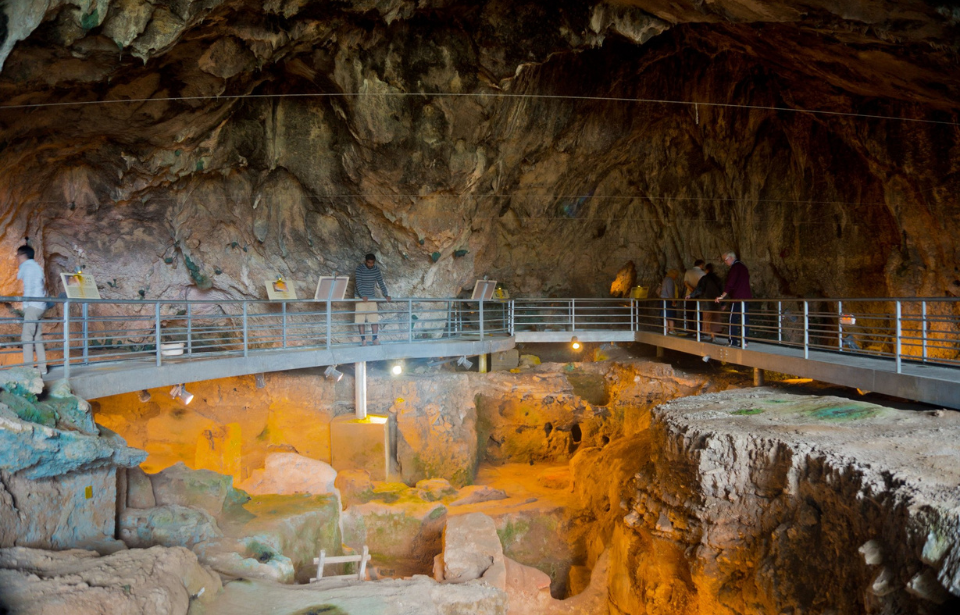Greece is a region where humanity thrived, and it has an incredibly rich past. This can clearly be seen in the impressive Theopetra Cave in the Meteora municipality in Thessaly. Here, evidence suggests that humans occupied the area up to 130,000 years ago, providing researchers with a way to follow human history across many periods. Read on to discover the archaeological wonder that is Theopetra Cave.
Theopetra Cave
Named after the town near which it is located, Theopetra Cave is situated in a well-known area of Greece. Thessaly was originally called Aeolia and appeared in Homer’s epic the Odyssey. The Plain of Thessaly, within the same region, was also where the mythological battle between the Olympians and the Titans took place. The cave falls outside the boundaries of the town but is within walking distance. There is a museum dedicated to the site located in the center of the village.
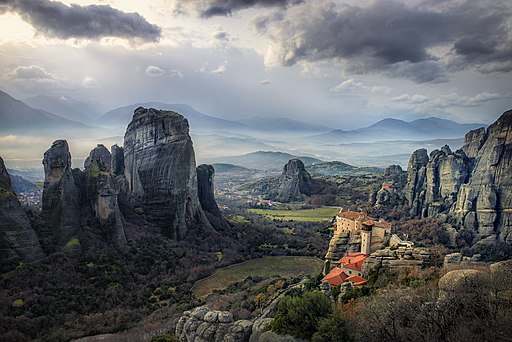
Theopetra Cave can be found on the slope of a large limestone hill that looks out over the village and a number of the nearby rivers. Although humans lived in the cave for a lengthy period of time, the mound was built well before they even existed, sometime between 65 and 137 million years ago. The interior cave is roughly 500 meters squared with a vast 17-meter-wide entrance partially blocked by a stone wall.
Excavation begins
It’s unclear when the cave was rediscovered, but official research on it began in 1987. At the time, it was being used by a group of shepherds as a place to keep their sheep indoors when they needed to. Once they were removed, excavations began under the direction of Dr. Nina Kyparissi-Apostolika, who hoped to get answers about what the region was like during the Paleolithic era.
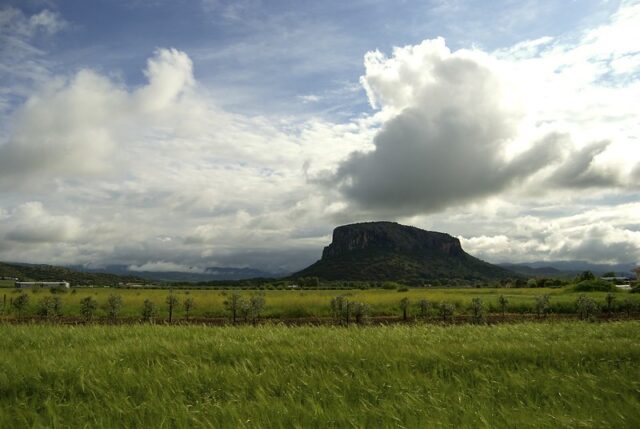
What became clear during the study was that Theopetra Cave contained an impressive set of cultural remains spanning from the Palaeolithic era to the Neolithic era. Kyparissi-Apostolika and her team were also able to look at the layers of sediment to determine that there were many changes in climate throughout this time. With each change came a noticeable difference in the number of people who called the cave home.
Evidence of humans
Evidence in the Theopetra Cave allowed the team to trace the changes in the area through thousands of years of human habitation. It didn’t take long for them to realize that this space had been used by ancient people, as they found human bones throughout the cave. Analysis of these remains showed that Theopetra Cave was consistently occupied from 135,000 BC to 4,000 BC. Even in more recent times, it was still used on and off, up until 1955.
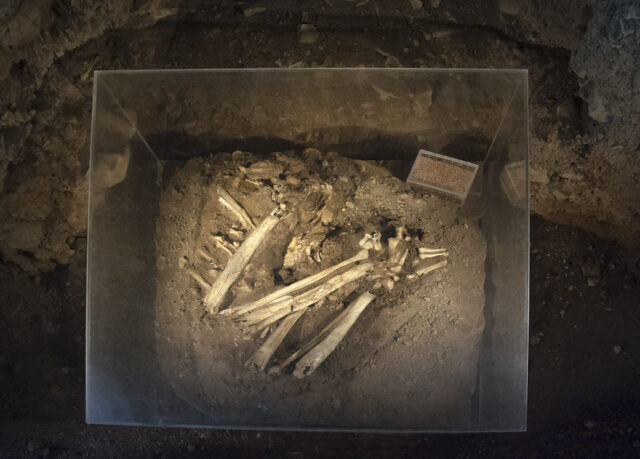
In 2016, DNA was extracted from the bones of two different people buried in the cave. They were dated to 7288–6771 BC and 7605–7529 BC. Aside from being able to give a time period to human occupation in the cave, Kyparissi-Apostolika and her colleagues found a number of other notable items. These included stone tools, pottery, animal bones, and many human burials.
Incredibly, they found some of the oldest known human footprints, dated to the Paleolithic era, along with evidence of man-made fire. Based on their appearance, the footprints belonged to a group of hominid children between the ages of two and four who called the cave their home.
Notable discoveries
Not only does Theopetra Cave contain some of the oldest human footprints in Europe, but it also holds the oldest known man-made structure. The stone wall in front of the entrance underwent a test called Optically Stimulated Luminescence which revealed that it was likely built to prevent the wind from getting inside during cold weather, probably during the ice age.
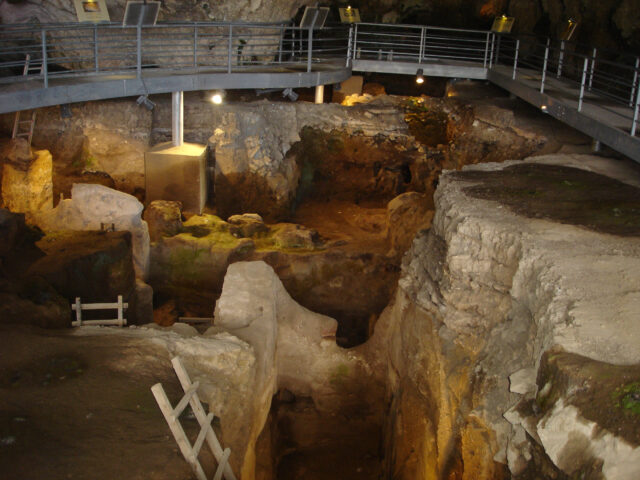
Theopetra Cave is a must-see place for lovers of ancient history, but unfortunately, it is no longer accessible to the public. It was first opened in 2009 but closed again shortly after so that researchers could analyze the stone wall which was discovered at the cave mouth. When the excavation was done, the site stayed open until 2016 but was shut down yet again, this time because of landslide risks. As of April 2023, it is still closed due to safety reasons.
More from us: 2,000-Year-Old Burial Cave Is Thought to Have Been for Jesus’ Midwife
Although Theopetra Cave is currently closed, the museum and area surrounding the cave remain open, giving visitors a small look back at thousands of years of human history.
